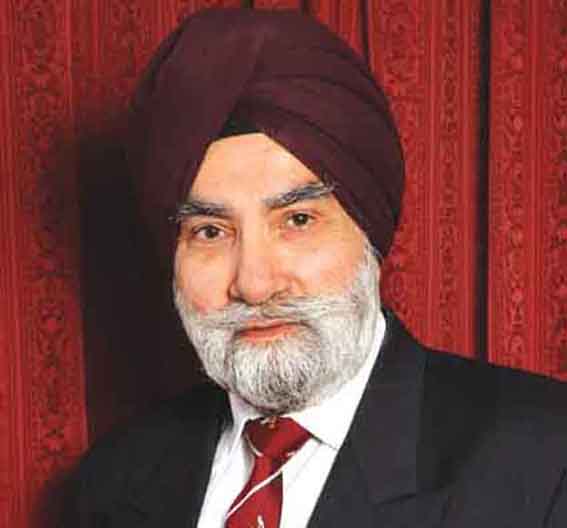Emergence of the Khalsa in 1699 As a Challenge to Authoritarian Rule

The main substance of Double Sovereignty []]worldly and spiritual] is that any sovereign state which includes Sikh population and groups as citizens, must never make the paranoia pretensions of almighty absolutism entailing the concept of total power, entitled to rule over the bodies and minds of men, in utter exclusiveness. (Sirdar Kapur Singh, The Sikh Review, August 1974)
Legislature, Executive, Judiciary and the Media are generally regarded as the four pillars of a true democracy. When functioning impartially and as intended they should provide the checks and balances to ensure rule of law and equal rights for all citizens. Yet, history of democratic countries shows that these safeguards can fail from time to time. In Panjab, we have seen how public fear can be created when the executive and the media collude to do the bidding of the political parties in power. Communal politics take over to gain pre-election political advantage and draconian measure are introduced to suppress the freedoms of one minority community, the Sikhs of Panjab. Earlier praises sung about the great contributions of the same community during war and peace are forgotten.
That is the background this year as we celebrate the emergence of the Teesra Panth (Third Path), the egalitarian Khalsa on the Vaisakhi Day in 1699. Any authoritarian rule will clash with egalitarian temporal-spiritual (Miri-Piri) ideology of the Khalsa.
The foundation of the Khalsa was laid by Guru Nanak Sahib who confronted the invader Babar. Later, two Guru martyrs gave their lives for social justice and freedom. Their aim was to lay the foundation of a just regime, halemi raj, in which all were equal partners. Guru Nanak Sahib rebelled against an oppressive regime. He saw that the age of kalyug is like a knife in which the rulers have become butchers, all have forgotten their responsibilities (dharam) and in the night of falsehood, the moon of truth was no longer rising. The socio-political revolution he started, gathered momentum to continue for 300 years after him to achieve Khalsa halemi raj of the people.
He started social reforms to be continued by the successor Gurus, who also continued with the political objective to establish a peoples regime led by the Khalsa. Guru Nanak Sahib started with these earthly (miri) objectives and sought divine sanction and guidance in the revealed Word, Gurbani.
The new path or Teesra Panth of Guru Nanak was not another religion like the orthodox dogma-based Semitic and the eastern religious traditions. It was a paradigm shift away from traditional religion to a new way of thinking and living in the New Age. It was an invitation to give up all sorts of religious pretence, ritualism and superstition. His aim was to build a plural society in which all were equal partners.
In the present situation in Panjab, the rulers should heed the prediction by Sirdar Kapur Singh: Any state which lays such claims []]of authoritarian rule] qua the Sikh, shall automatically forfeit its moral right to demand allegiance of the Sikhs and there is thus an eternal antagonism between such a state and the collective community of the Sikhs, represented by the order of the Khalsa, and in this deadly duel the State shall never emerge out as finally victorious, for self-destruction is the fruit of the seed of non-limitation, and the status and the prerogatives of the Khalsa are imprescriptible.
Gurmukh Singh OBE
Principal Civil Servant Retd